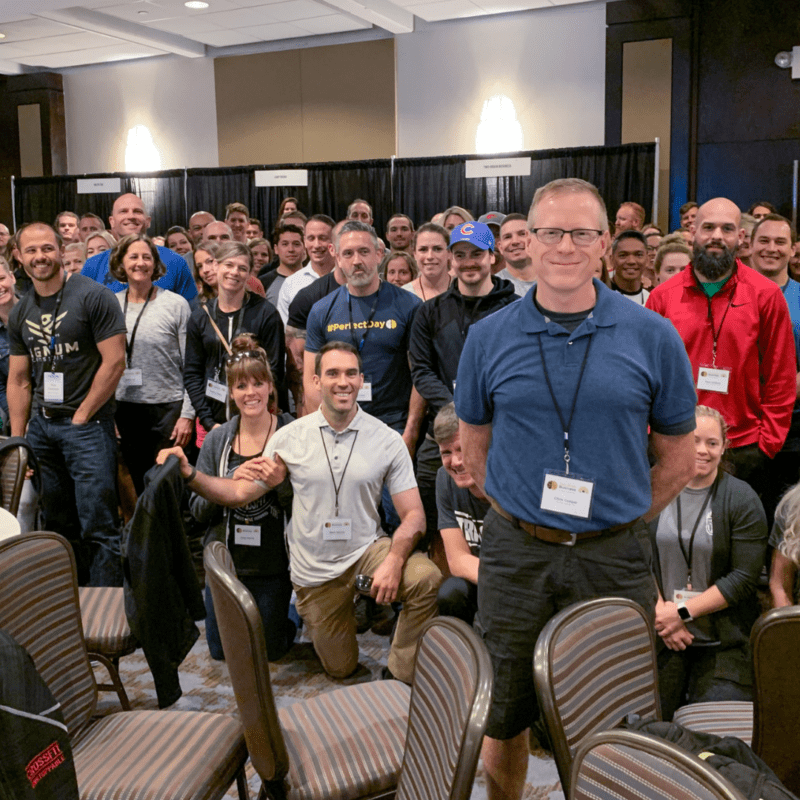The greatest lesson I ever learned from Dave Tate had nothing to do with a barbell. In November 2015, I mustered every powerlifting connection I could find to get me an interview with Dave. I set up my recording equipment, made a long list of questions, and paced for a half hour before starting the call. The podcast interview was recorded and published here. But then I made the podcaster’s biggest error: I stopped recording before we hung up. After saying my thanks, the conversation continued. Dave asked ME a few questions, and we chatted a bit about TwoBrain. I asked him a question about how he protected his intellectual property: Dave publishes a LOT of content online, and I’ve seen verbatim copies of his blog posts everywhere. In 2015, that was already happening to me. So I asked, “How do you stop the copycats?” He said, “I don’t.” And that’s when I should have hit “record” again. But I was too enthralled by what he said next. “The best people will find you, Chris. They’re going to try other mentoring programs first, and that’s okay. The top ten percent will jump from coach to coach until they find you, and then they’ll stick.” This way of thinking is called the Abundance Mentality, and it’s common among all the mentors I’ve had in my life. Here are the main points: 1. You don’t need everyone. 2. Excellence is your baseline, but it’s not enough. 3. People are smart. 4. The best will find you. This has been a hard lesson. Every few weeks, I get a friendly message from a friend: “This guy is copying you. See this screen shot.” Or this: To those who care enough to mention it, thank you for your diligence. You already know this lesson, though I struggle to learn it daily–and have been for years. When I opened my first CrossFit gym, it was ...
Read More →
